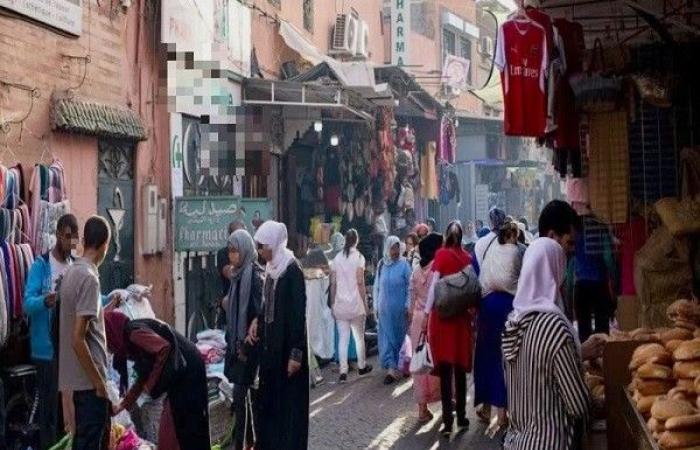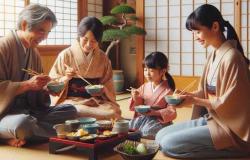The average standard of living of Moroccan households, assessed through their consumption expenditure, amounted to 83,713 DH per year at the national level (95,386 DH in cities and 56,769 DH in rural areas), specifies the HCP in a note on “the evolution of the population’s standard of living in light of the results of the 2022 National Household Living Standards Survey”, published recently. This overall amount of expenditure covers all goods and services consumed by households, whether purchased, self-consumed, or received as donations or wages in kind. It also includes the estimated rent that households that own or house free would pay if they were in a rental situation.
With equal expenditure, the standard of living of households differs depending on their size, reports the HCP, explaining that the measurement and evolution of the standard of living are generally approximated by the average annual expenditure per person.
Expressed in current dirham, the average standard of living per person increased from 15,876 DH per year in 2014 to 20,389 DH in 2019 and to 20,658 DH in 2022. On a monthly basis, the average expenditure per person increased from 1,323 DH in 2014. to 1,699 DH in 2019 and 1,722 DH in 2022.
In urban areas, the average annual expenditure per person (DAMP) increased from 19,513 DH in 2014 to 24,497 DH in 2019, reaching 24,898 DH in 2022.
On the other hand, in rural areas, after recording an increase from 10,425 DH in 2014 to 13,357 DH in 2019, the DAMP experienced a slight decrease to 13,010 DH in 2022.
At the same time, the said survey reveals that almost two thirds of the population (69.9%) nationally have a standard of living lower than the average annual expenditure per person (DAMP). This proportion differs between urban (59.5%) and rural (88.6%) areas.
The HCP also indicates that half of the Moroccan population has a standard of living below 14,710 DH nationally. This median value reaches 17,765 DH in urban areas and 10,773 DH in rural areas.
At constant prices, the standard of living improved at an annual rate of 1.1% between 2014 and 2022. This moderate improvement results from an increase of 3.1% between 2014 and 2019 and a regression of 3. 1% between 2019 and 2022.
The differentiation of the standard of living according to socio-economic characteristics shows that heads of household with a higher educational level, with a standard of living of 50,961 DH per person per year, spend on average 3.4 times more than those headed by a head without school level (14,808 DH).
It also reveals that households whose head falls under the group “Line managers, directors, executives and liberal professions” achieve the highest DAMP (53,833 DH, or 2.6 times the national average), while those whose head is “Farmers and agricultural workers” achieve the lowest level (13,298 DH). Furthermore, this differentiation shows that households, whose head belongs to the category of “employers”, achieve a DAMP (39,793 DH) 2.6 times more than those headed by self-employed people (15,378 DH) and 2 times more than those headed by self-employed people (15,378 DH) and 2 times more than those headed by employees (19,972 DH) and that households headed by women display a standard of living (23,707 DH per person per year) slightly higher by 1.2 times than that of households headed by men (20,121 DH).
The 2022 National Household Living Standards Survey is part of the structural surveys carried out by the HCP. This fourth edition, following those carried out in 1991, 1999 and 2007, was conducted nationally with a sample of 18,000 households, representing the different socio-economic strata and regions of the Kingdom.
In order to take into account seasonal variations and socio-religious events influencing consumption behavior and household income, data collection was spread over a period of one year, from March 15, 2022 to March 14, 2023.






